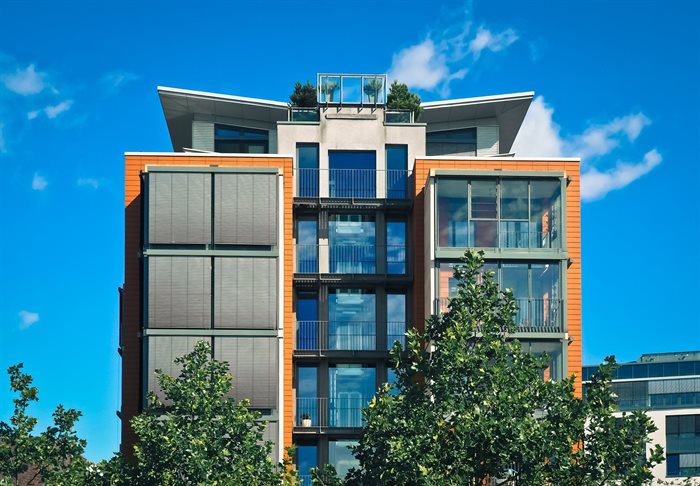
Subscribe & Follow
Advertise your job vacancies
Buildings of the future - here are the 5 essential pillars
In an era of digitisation and electrification, commercial and industrial facilities need to rethink their focus. 40% of the world's C02 emissions come from buildings, whilst 30% of the energy consumed (in buildings) is wasted.

Source: www.pexels.com
Moreover, there are ten times more connected devices, and data generated has taken a giant leap in the last five years, edging towards 500 billion gigabytes, driven in part by the rapid adoption of technologies such as artificial intelligence (AI).
The reality is when planning a new facility or retrofitting an older building, five essential pillars that need to be factored in to keep trend with a world that is consuming energy and data at a monstrous pace.
Pillar 1: Availability
In a country impacted by a severely strained grid and resultant unstable power supply, building owners and facility managers are faced with a very real challenge, how do they keep the lights on and the data flowing, so to speak.
It is estimated that load shedding costs the economy up to R500m per stage, daily. An enormous amount that begs the question: what are building owners doing to mitigate the impact, ensuring their tenants continue to stay productive and, most importantly, profitable?
Power availability is a non-negotiable pillar that demands top priority for owners and facility managers to keep buildings running optimally. And there are several workable, attainable renewable and alternative energy solutions that provide redundancy and mitigate the instability and losses that come with an unreliable grid.
Pillars 2 and 3: Sustainability and efficiency
Sustainability and efficiency in buildings go hand in hand. From a sustainability point of view, achieving carbon-neutral, green building certification is certainly a big driving force.
However, certification is not the end of the line; the building industry needs to look at sustainable practices within its supply chain, ensuring that each cog in the wheel moves towards greener practices.
Efficiency feeds into sustainability. As already mentioned, South Africa’s power provision is unstable, which is why building owners and managers need to look at energy demand within their facilities and optimise it accordingly. This means granular correlation analysis determining how the energy is being used and whether it is utilised efficiently – ultimately impacting the wellbeing of the building.
Also, improved efficiency allows for flexibility – a space can with relative ease be customised to fit a tenant’s specific needs. With the necessary building management systems in place, heating, electrical and connectivity requirements can be adapted to meet pertinent needs.
Pillar 4: Cybersecurity
The pandemic saw a considerable portion of the local workforce working from home. However, more and more businesses and their employees are returning to the office which means cybersecurity and connectivity must be fortified and readily available.
The IT infrastructure needs to be fortified and offer bandwidth and resultant speeds to meet technology demands. Whichever way you look at it, tenants now have the upper hand. There are many buildings ready for occupancy, and they have access to the cream of the crop which is why owners and managers must stay one step ahead of the competition.
Pillar 5: Safety
As mentioned, IT services need to be fortified. Conversely, the same urgency applies to physical building safety.
Safety is a basic human right which is why buildings today must have access control, CCTV cameras and other physical security measures.
Additionally, the physical electrical infrastructure must be safeguarded against potential surges and, worse, fires that can be detrimental to both those working with the infrastructure and in the vicinity.
About Okkie Momberg
Okkie Momberg, prescription manager at Schneider ElectricRelated
Africa shows great potential in sustainable energy milestones 10 Mar 2025 Microgrids in buildings are crucial to pioneering the future of energy management 23 Dec 2024 Schneider Electric lab lights up Malawi youth 19 Dec 2024 Why liquid cooling is the future of data centre efficiency 1 Oct 2024 Outstanding achievement in Measurement and Control earns Ruth-Anne Wright 2024 Schneider Electric Student Award 23 Sep 2024 Data centres: Vital components of critical healthcare systems 3 Jul 2024









